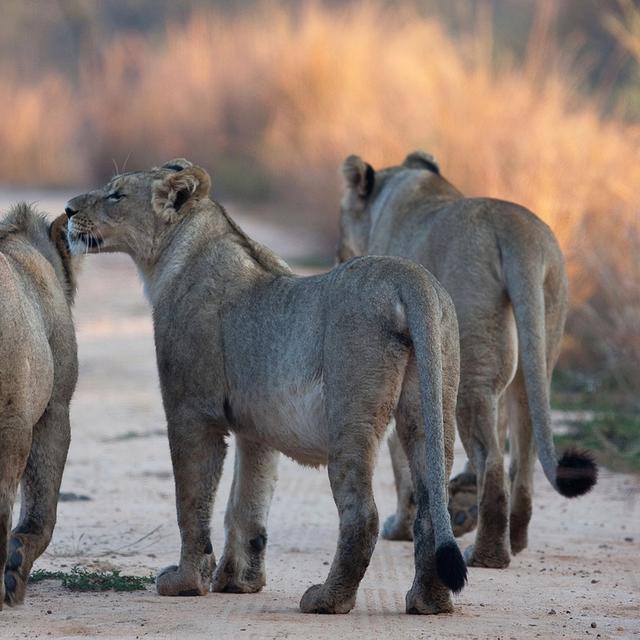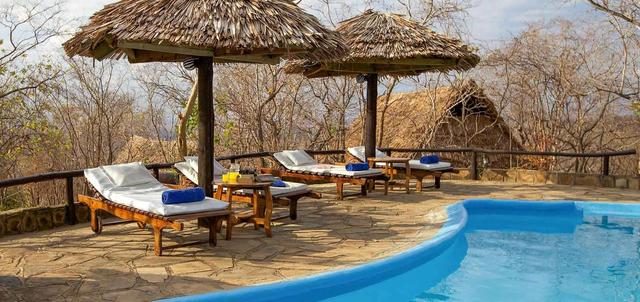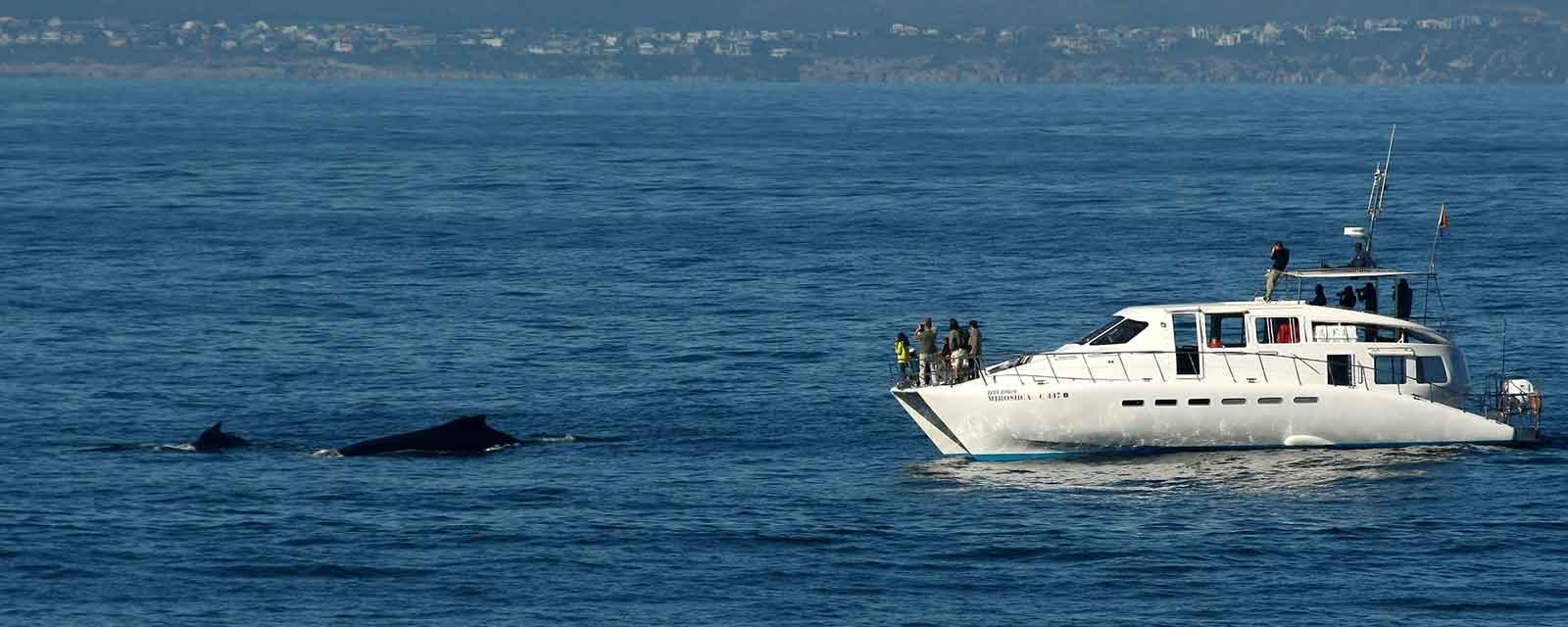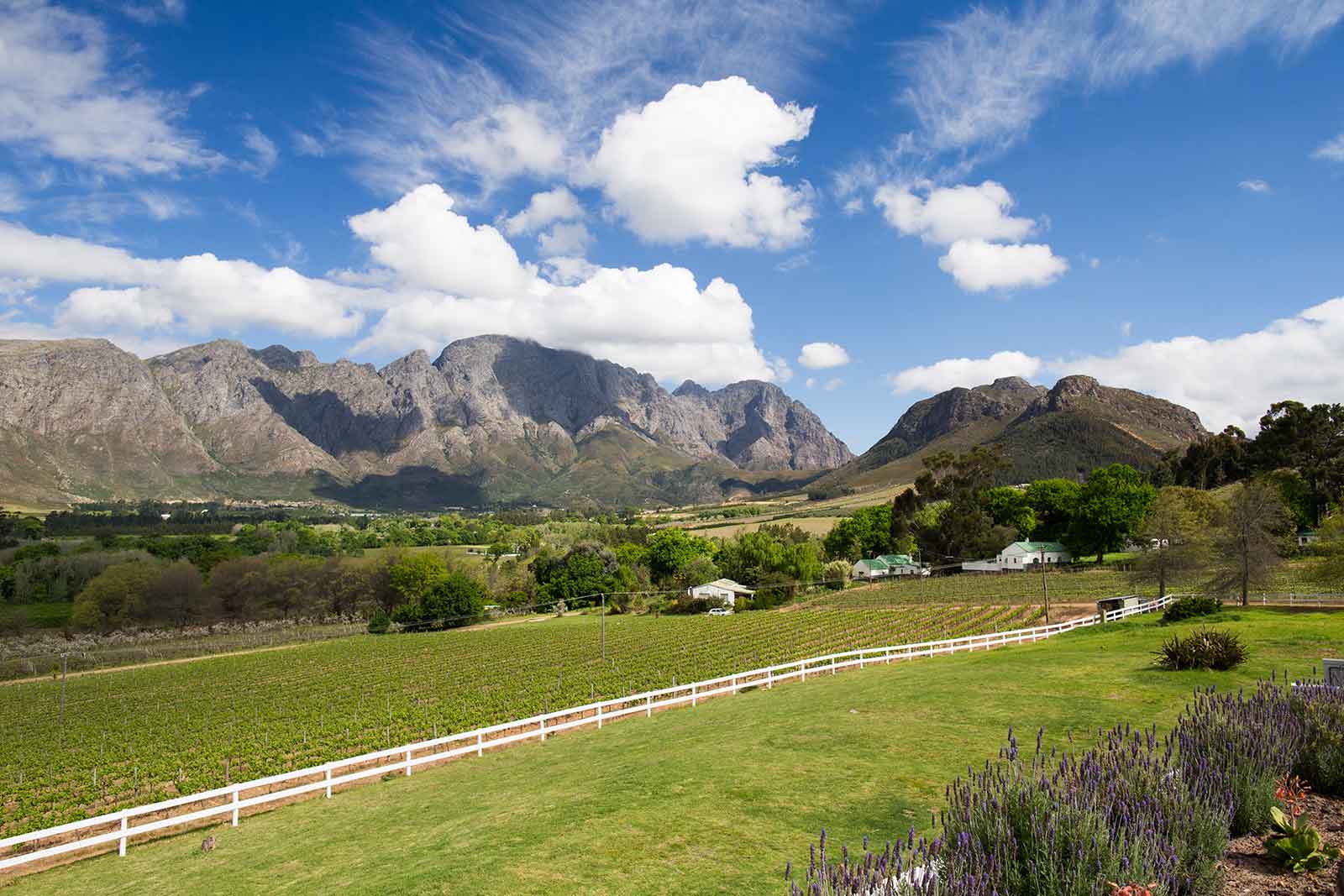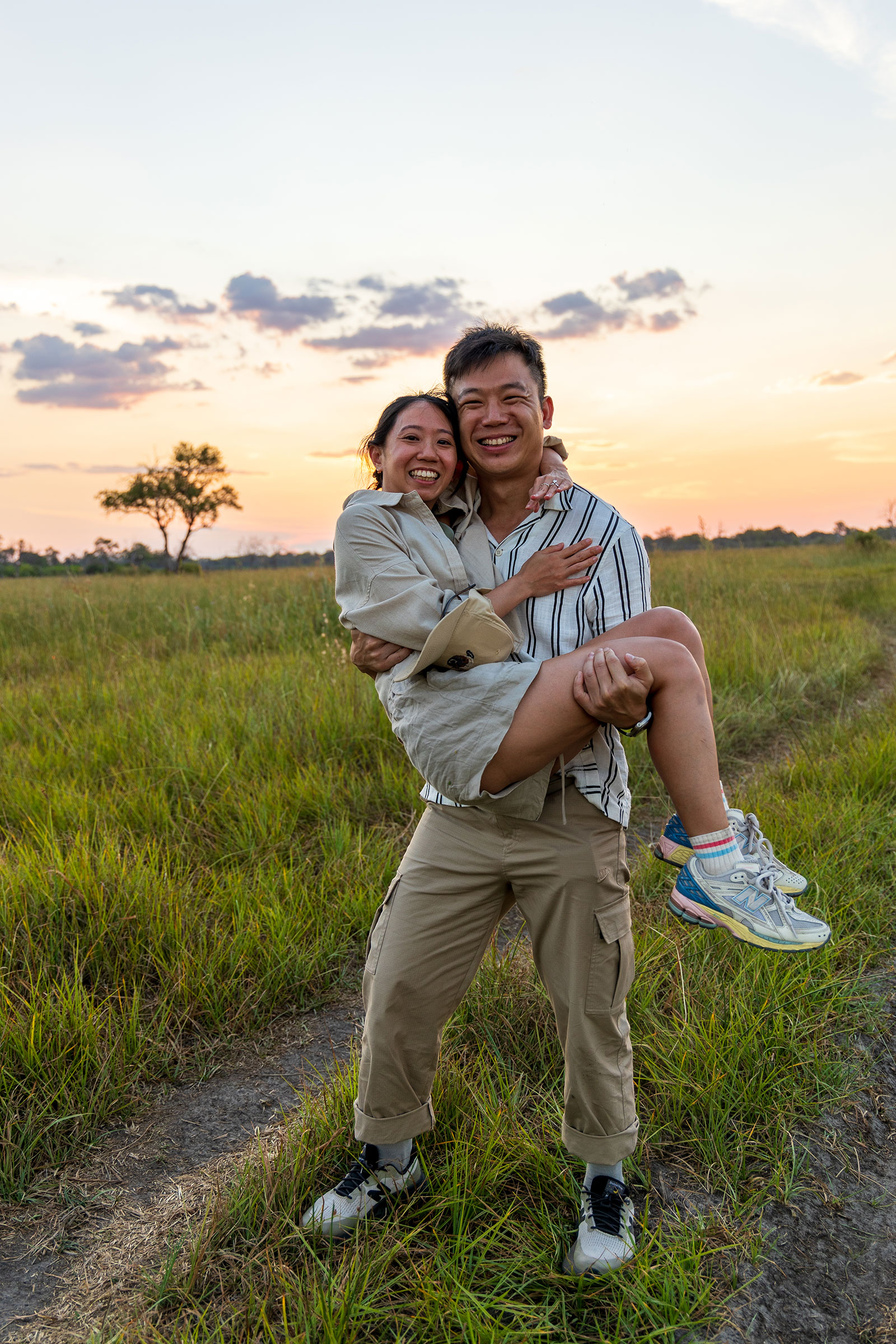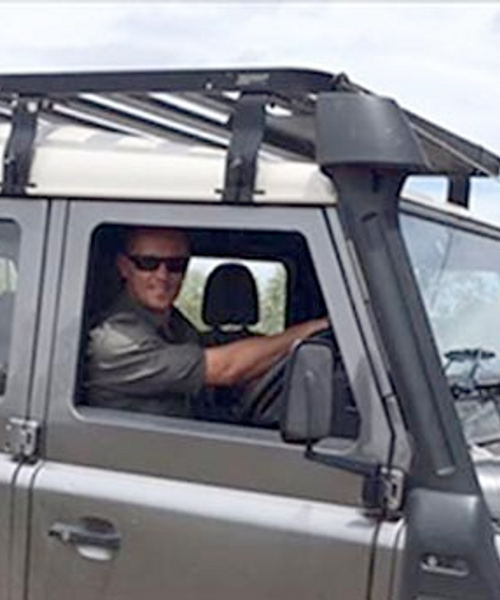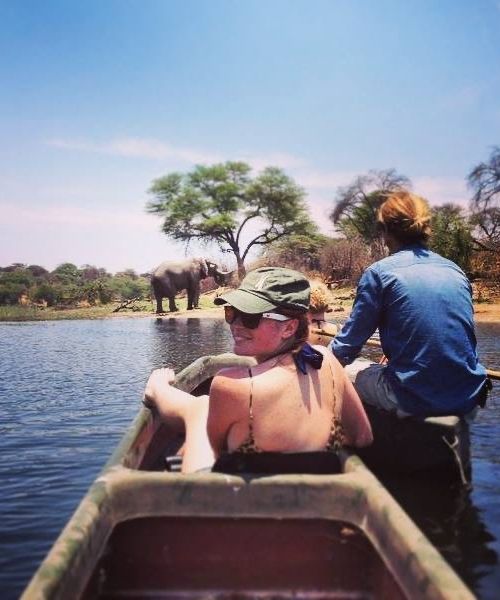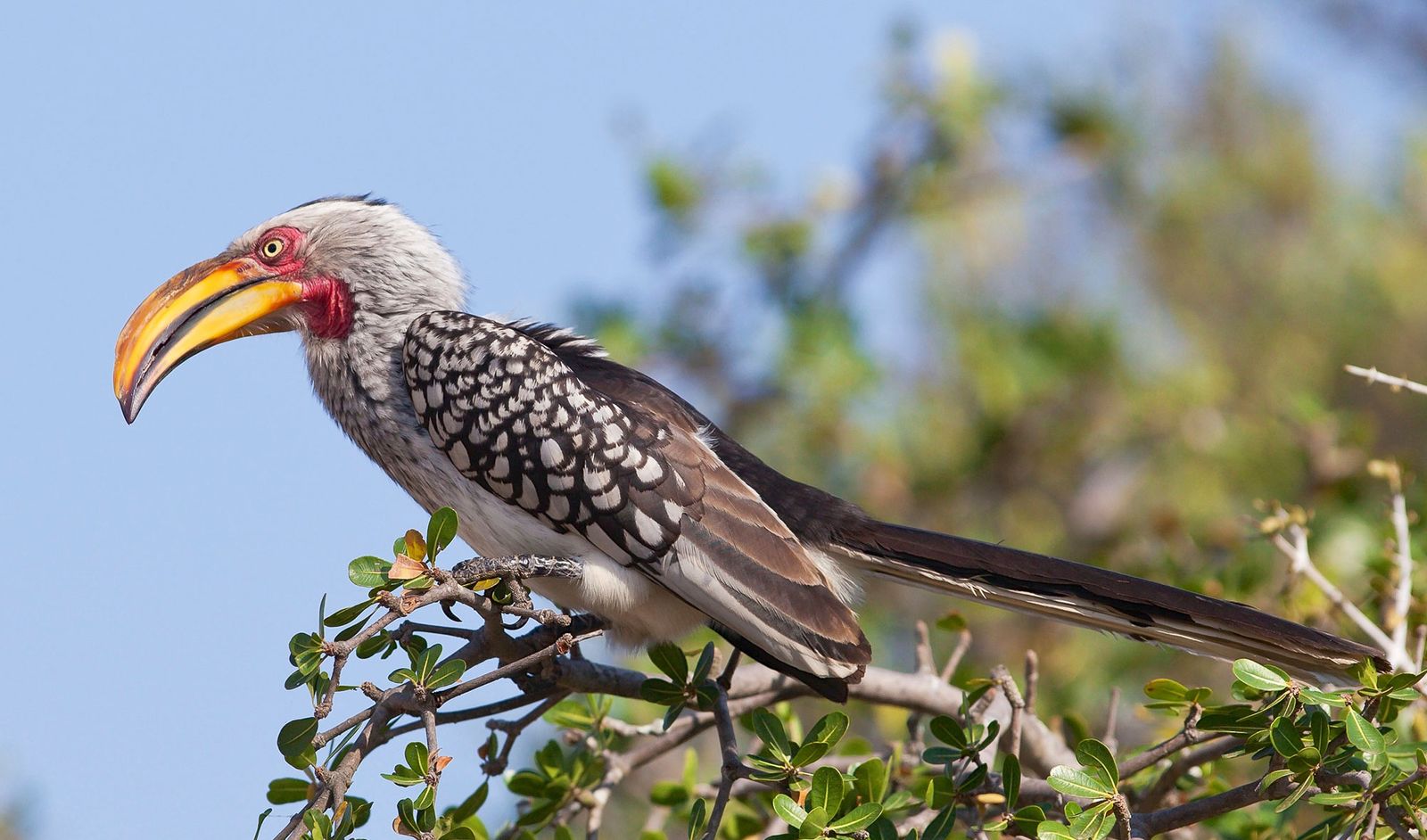
Mikumi National Park
Mikumi National Park is surrounded by an arc of mountains and protected land. Located in the southern region of the country, bordering the Selous Reserve, Mikumi's landscape is often compared to that of the Serengeti, but with a fraction of the tourists.
Mikumi National Park Highlights
First gazetted in 1964 with additions made to the north and south in 1975, Mikumi National Park has risen through the ranks to be the 4th largest National Park in Tanzania with an area of 3230 sq km. Combined with Selous Game Reserve which borders it to the southwest, this greater ecosystem is the size of Denmark.
The park is surrounded by an arc of mountains and protected land, with the Uluguru Mountains to the east, the Mbesera, Madzini and Mazunyungu hills to the north and west. Perhaps due to the shadow cast by these mountainous areas, Mikumi is renowned as having the most fabulous light and colour, making it a favourite with wildlife and safari photographers, both professional and amateur.
The landscape is divided into two by a road and it seems that the partition separates 2 distinct environments. The north west of the park is characterised by alluvial plains, baobabs, acacias, and palms, while the south east of the park is less accessible and not as popular with wildlife.
Mikumi National Park is part of the shared Selous ecosystem, creating a joined area that is the size of Denmark. It is less visited by tourists making it more protected from an environmental perpsective.
The Mkata Floodplain is perhaps the most reliable place in Tanzania for sightings of the powerful eland, the world’s largest antelope. The equally impressive greater kudu and sable antelope haunt the miombo-covered foothills of the mountains that rise from the park’s borders.
Hippos are the star attraction of the pair of pools situated 5km north of the main entrance gate of Mikumi, supported by an ever-changing cast of waterbirds.
Mikumi National Park is the closest park to Dar es Salaam, which is one of Tanzania's most vibrant cities and links to the coast. This could combine nicely with Mikumi for a varied itinerary.
Vuma Hills is a luxurious permanent tented camp, perched above the trees stretching over the seemingly endless wilderness south west of Mikumi National Park. Accommodation is in 16 spacious and comfortable tents with luxurious, colonial interiors, complete with shaded wooden veranda at the front and ensuite bathroom at the back.
Stanley's Kopje takes full advantage of its commanding position on a hill overlooking the Mkata flood plain and the Mwanamboga waterhole. It is the sister lodge of Vuma Hills Camp, but it is only open seasonally. Stanley's Kopje offers an intimate, personalised experience.
Mikumi Wildlife Camp looks out over a waterhole which tends to get rather busy during the dry season, with elephant, buffalo and impala being regular visitors. It has 9 Bandas, each sleeping a minimum of 4 people in 2 separte rooms, making the camp ideal for families. Rooms are ensuite and have large verandas.
How to Get There
Safaris in Tanzania begin at Arusha, which is situated close to the northern safari locations.
Sun Safaris will fly guests to Kilimanjaro International Airport, which is the primary receiving airport in Tanzania. This airport is only a few kilometres away from Arusha airport, which is the safari node of the country and where most light air transfers take off from.
Once guests have landed at Kilimanjaro, they will connect with a road transfer that will take them to Arusha airport. Depending on timing of guests' itinerary, they might spend a night in Arusha before heading off on a scheduled flight to an airstrip or airport nearer their safari destination.
Mikumi borders the famous Selous Game Reserve, and is often linked to a Selous safari itinerary. Guests will access the park easily by light air transfer from Arusha to a local airstrip, and will then travel by road for the last leg to the lodge.
Mikumi National Park Game Viewing and Activities
Mikumi National Park is a prime game viewing area that is part of the Selous ecosystem. The Mkata plain supports vast herds of plains game such as wildebeest, impala, zebra and giraffe, hunted by their associated predators; while greater kudu, roan and sable antelope are found in the surrounding less fertile hills. Although game sightings can never be guaranteed on a safari, there are lots of sightings of the African wild dog.
The ecosystem is rather special as there are 4 major and distinct vegetation zones converging in Mikumi: miombo woodland from southern Africa, arid bushland from the north, the coastal zone to the east and the mountains of Uluguru and Ruhumero to the north and west making a unique ecotonal area. The animals and birds species are also different in each of these habitat types.
The park boasts 60 mammal types, 400 birds and over 1200 plant species. Such diversity should not be underestimated and guests should prepare themselves to see a range of predator and prey.
